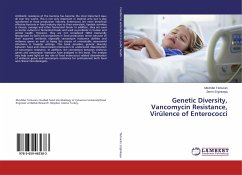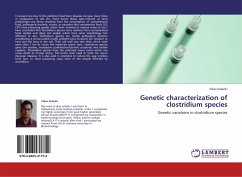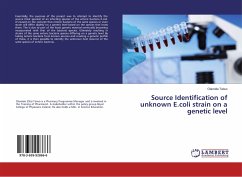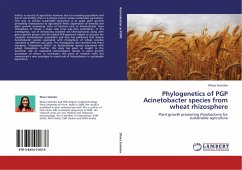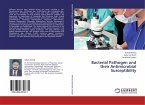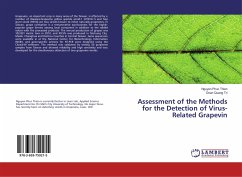Antibiotic resistance of the bacteria has become the most important issue all over the world. This is not only important in medical area but is also questioned in food production industry. Enterococci are more beneficial effective bacteria in food industry due to their esterolytic, lipolytic activities in cheese, sausage and other fermented foods. In addition, they are used as starter cultures in fermented foods and used as probiotic in human and animal health. However, they are not considered GRAS (Generally Recognized As Safe) microorganisms in food production sector because of their acquired antibiotic especially vancomycin resistance abilities and virülence genes as well as being the causes of untreatable nosocomial infections in hospital settings. This book provides, genetic diversity between food and clinical based enterococci to understand dissemination of vancomycin resistance. In addition, the correlations between virülence genes and vancomycin resistance have analysed in this book. The analysis may help some light on the role of food enterococci related dissemination of virülence genes and vancomycin resistance for professionals both food and clinical microbiologists.
Bitte wählen Sie Ihr Anliegen aus.
Rechnungen
Retourenschein anfordern
Bestellstatus
Storno

